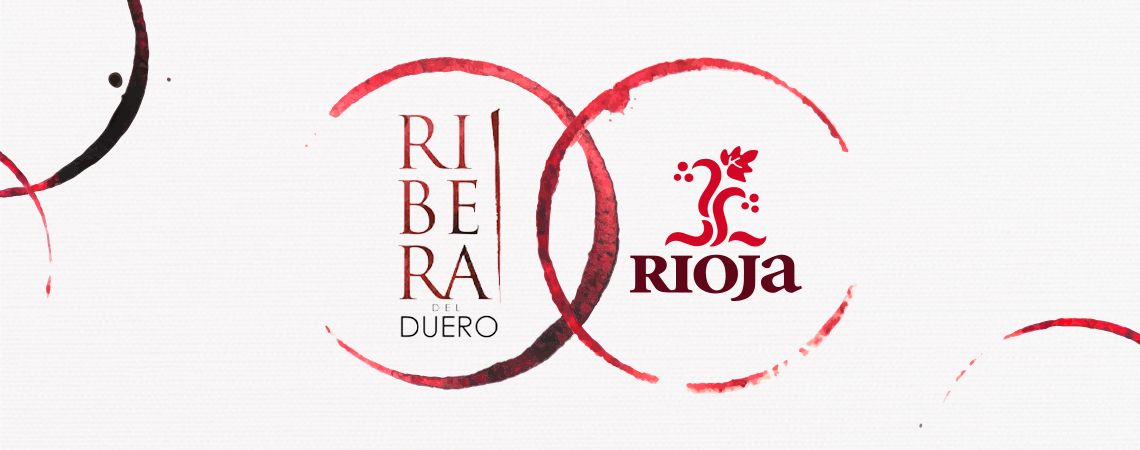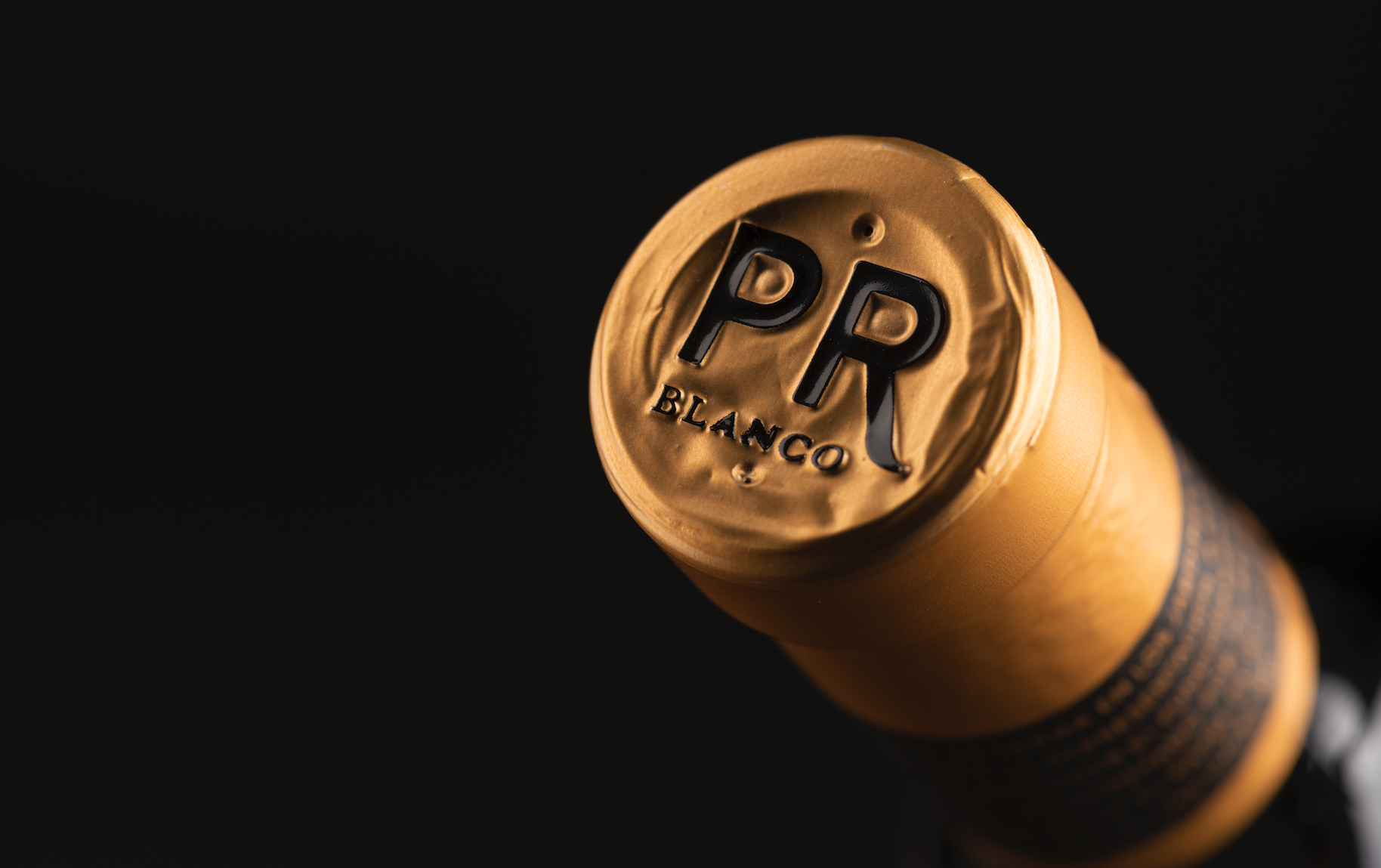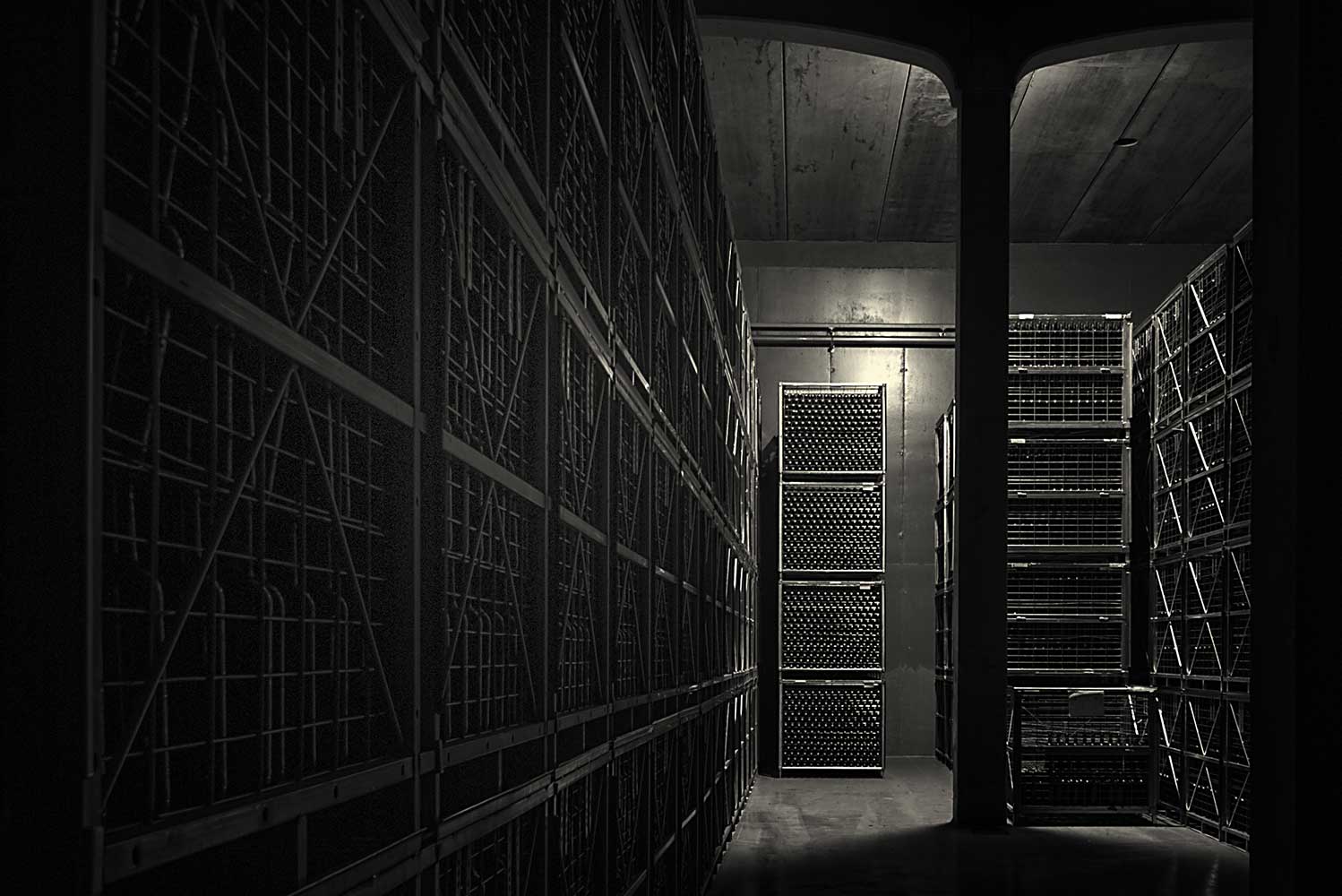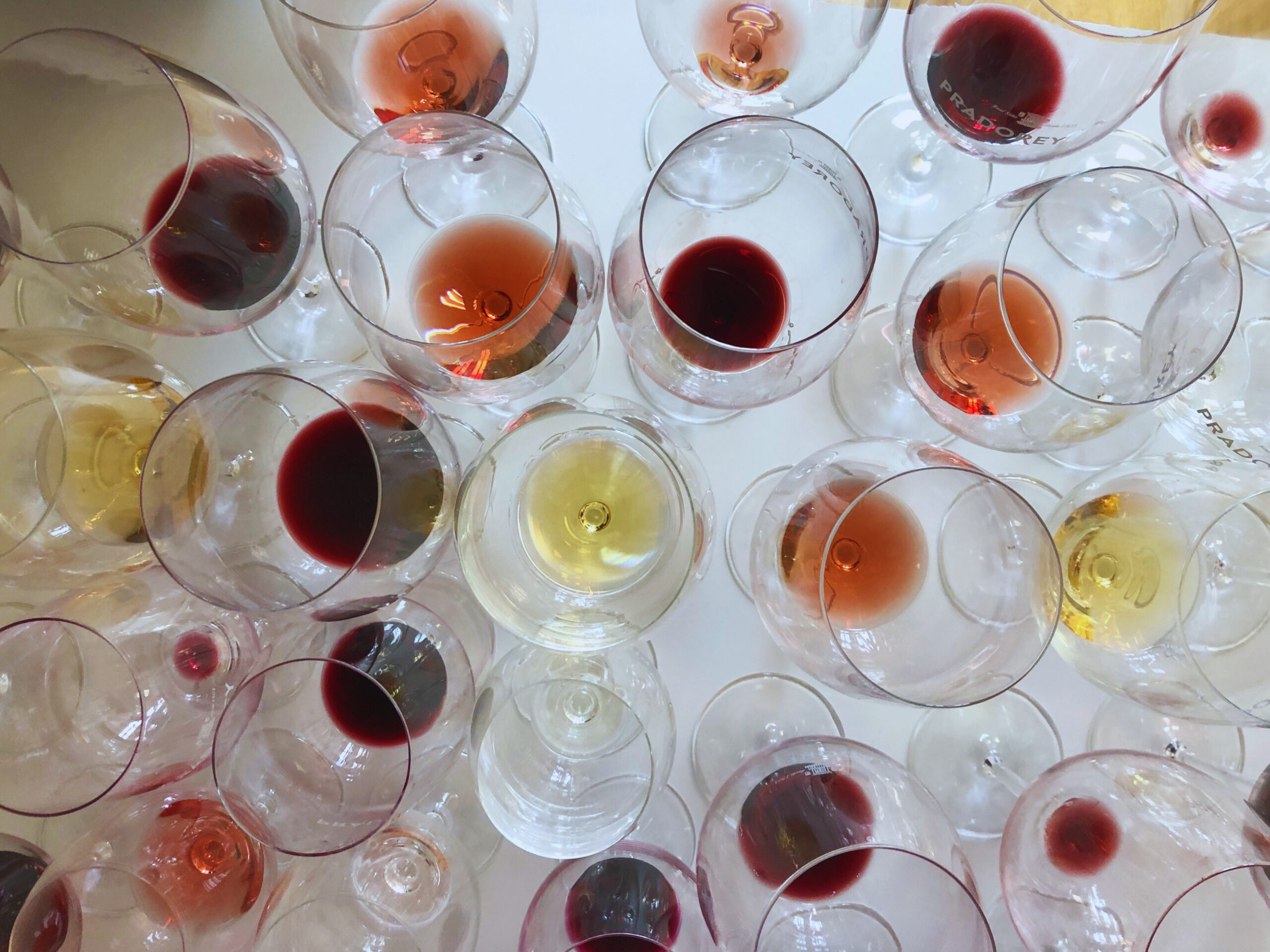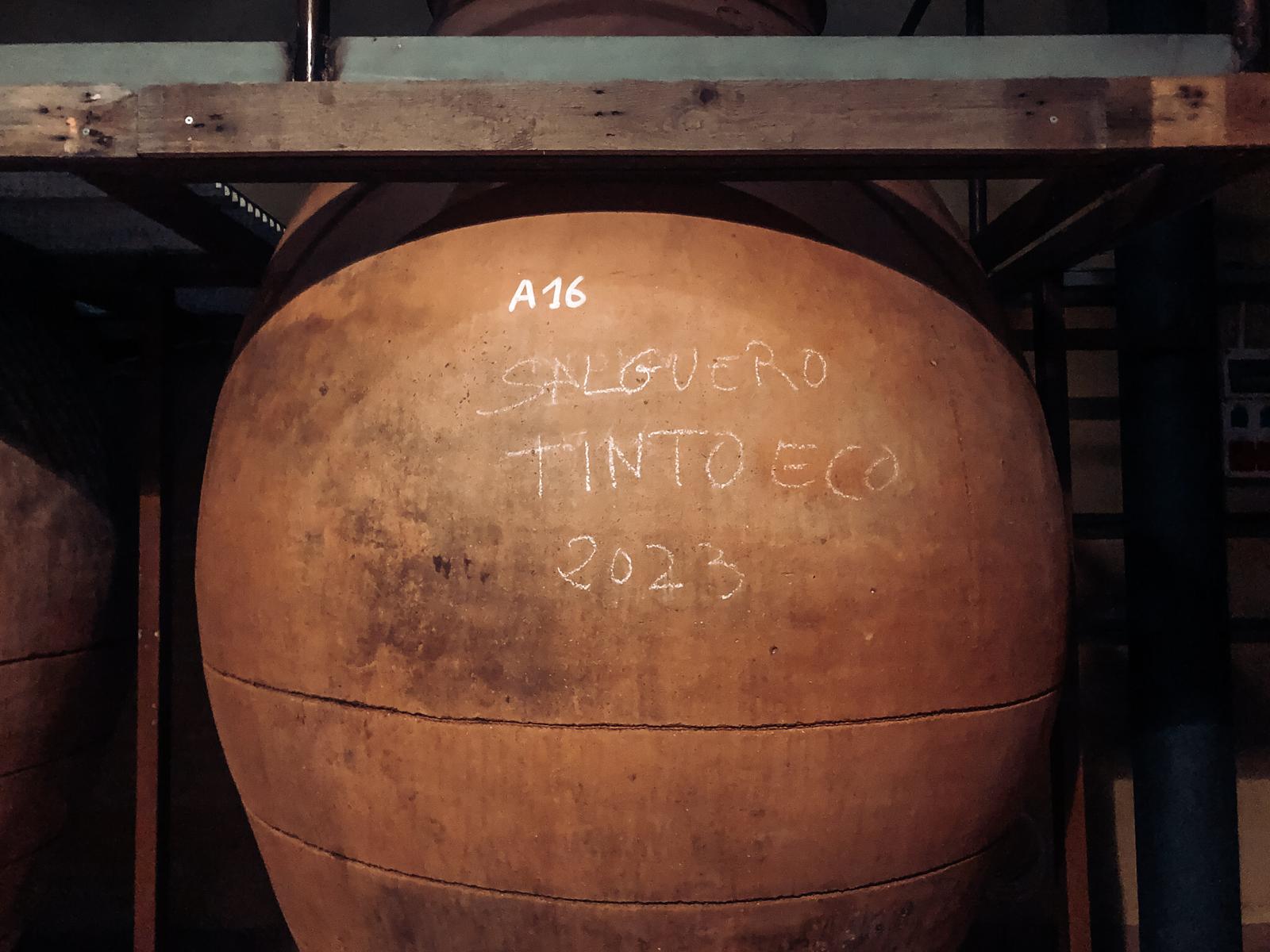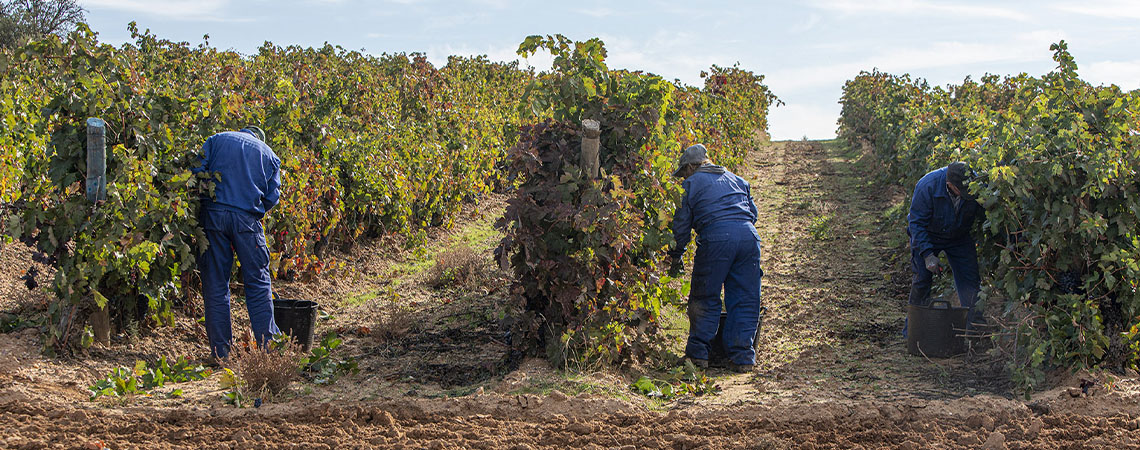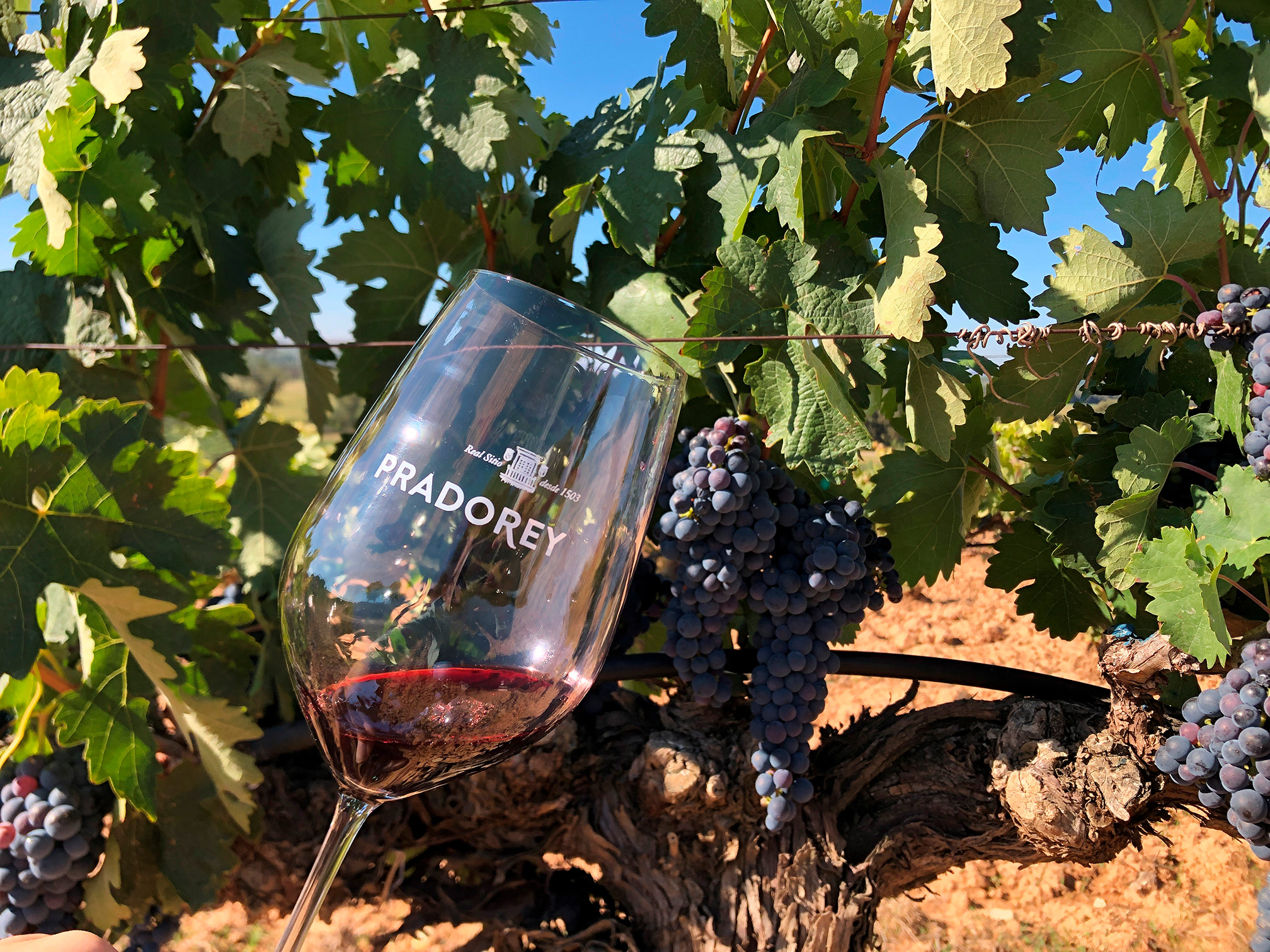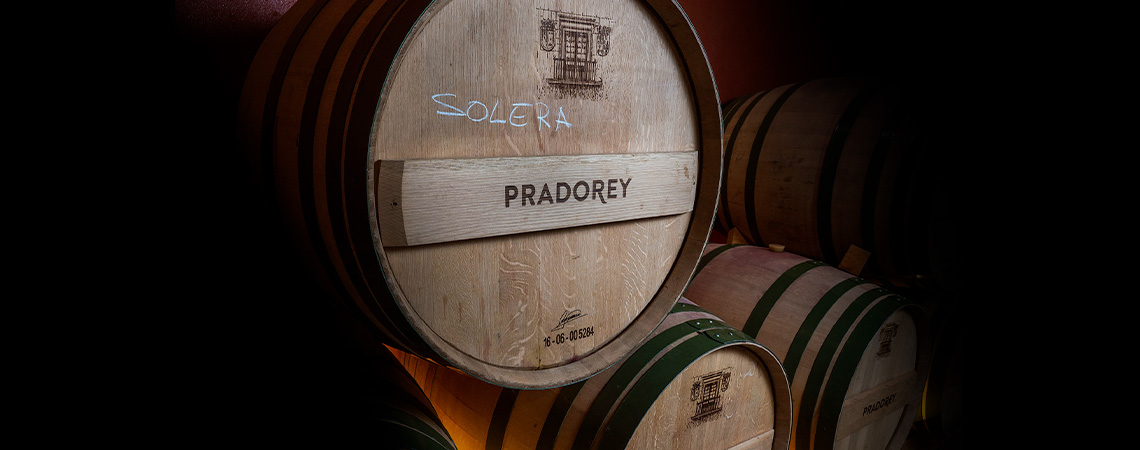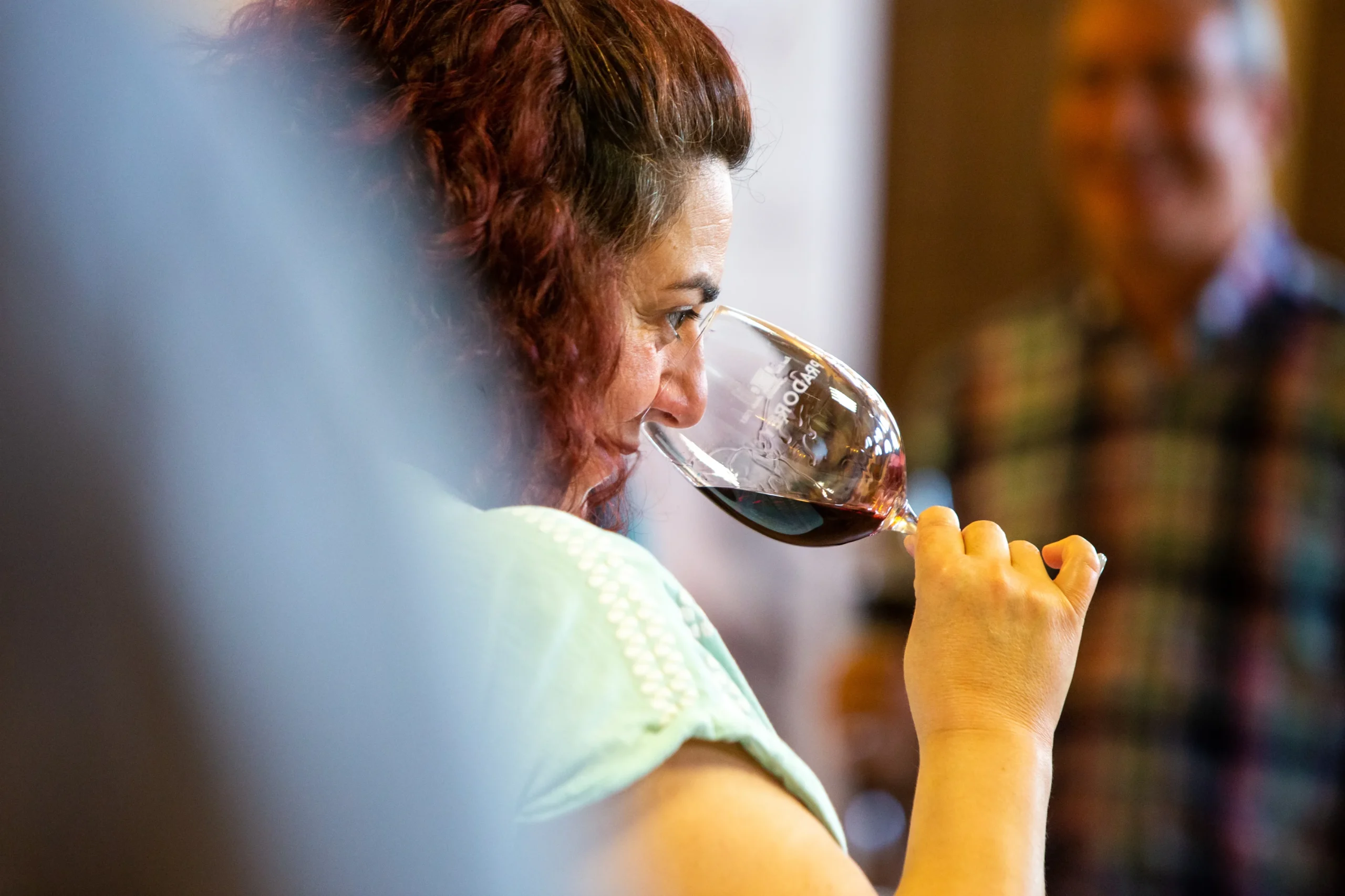
What is a roble red wine?
Roble red wine: The young wine with the flavor of a Crianza You’ve probably heard someone order a “Roble” when referring to a red wine. And chances are, you’ve also wondered what makes this type of wine special and where its name comes from. Whatever the case, one thing is certain: Roble wines have revolutionized Spanish winemaking, especially in Ribera del Duero, the region where this category was born. Here, we’ll tell you about their main characteristics and why they’ve become so successful. Get ready, because we’re about to surprise you. What is a Roble red wine? A Roble is a young wine with a light touch of oak aging. Under this concept, it could be considered a “semi-Crianza,” which explains many of its virtues: it retains the appeal of young wines but also has a hint of oak that makes it smoother and slightly more complex. There is no consensus on the minimum time a young wine must spend in barrels to qualify as a “Roble,” but the general standard, adopted for example by the Regulatory Council of the Ribera del Duero Designation of Origin (the first to define this term), is at least three months. However, barrel aging


